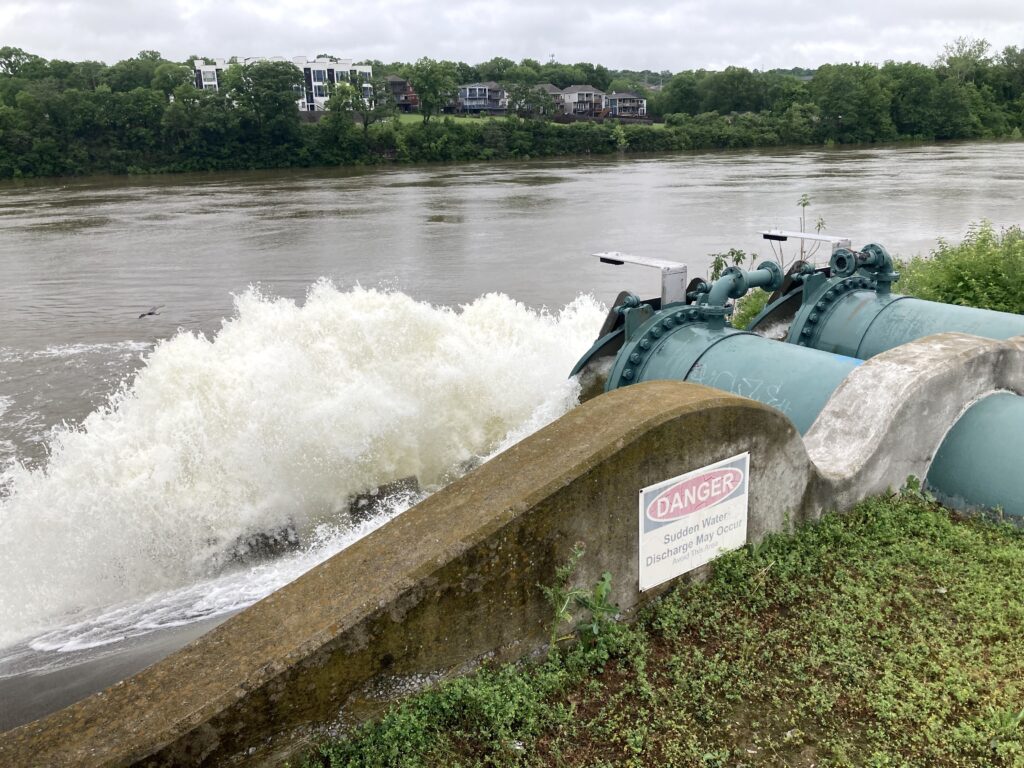
This week’s severe storms have left behind heartache and debris, along with the flooding.
According to the National Weather Service, the areas that received the most rainfall were north of Interstate 40 — with many spots getting five to eight inches. This led to water rescues in places like Gallatin and Hendersonville. Overall, Sumner and Robertson counties were hit the hardest, with 10 to 11 inches.
In some areas, the storms were downright historic: Clarksville got the most rain it’s seen since the May 2010 flood, and Crossville, to the east, set a one-day record for rainfall.
Krissy Hurley, the meteorologist-in-charge with the National Weather Service in Nashville, said that the region’s water table is now very saturated. That means it will be important to keep an eye out for future storms this spring and summer that could cause additional flooding.
“We’re coming out of a pretty significant drought that occurred in the fall and into early winter. That help things from becoming more widespread around the area as far as flooding is concerned,” she explained. “But now that we’ve hit that trigger point, this is something that we’re going to have to watch as we go into a warmer, wetter type of pattern.”
 Courtesy of NWS
Courtesy of NWS Recent storms brought heavy rainfall to Middle Tennessee, particularly along the Kentucky border.
Hurley urged Tennesseans to take the threats posed by flooding seriously.
“A lot of times when we have these types of severe weather events, the flooding aspect tends to get ignored,” she said, pointing out that flooding has killed 43 people in the state in the last decade.
“It’s not something to ignore,” she said. “If you see high water, turn around. Don’t drown. Move to higher ground.”
She added that people should avoid driving on flooded roads, which could have hidden hazards underneath the water. In Cannon County, there is a boil warning because the Woodbury water treatment facility was contaminated by flooding.
The U.S. Army Corps of Engineers is monitoring the Cumberland River, and expects that flooding will peak at different points along the waterway Thursday and Friday. The Army Corps announced that its locks and dams along the river basin are performing as designed and are not at risk of failure.
“We are managing a large amount of water through our projects designed to mitigate flooding, and we strongly discourage the public from recreating in these areas at this time,” said Nashville District commander Lt. Col. Robert Green.
The Army Corps predicts that the Cumberland will just barely reach a flood stage in Nashville at its peak early Friday morning, with more significant flooding in Clarksville around midday Friday.

